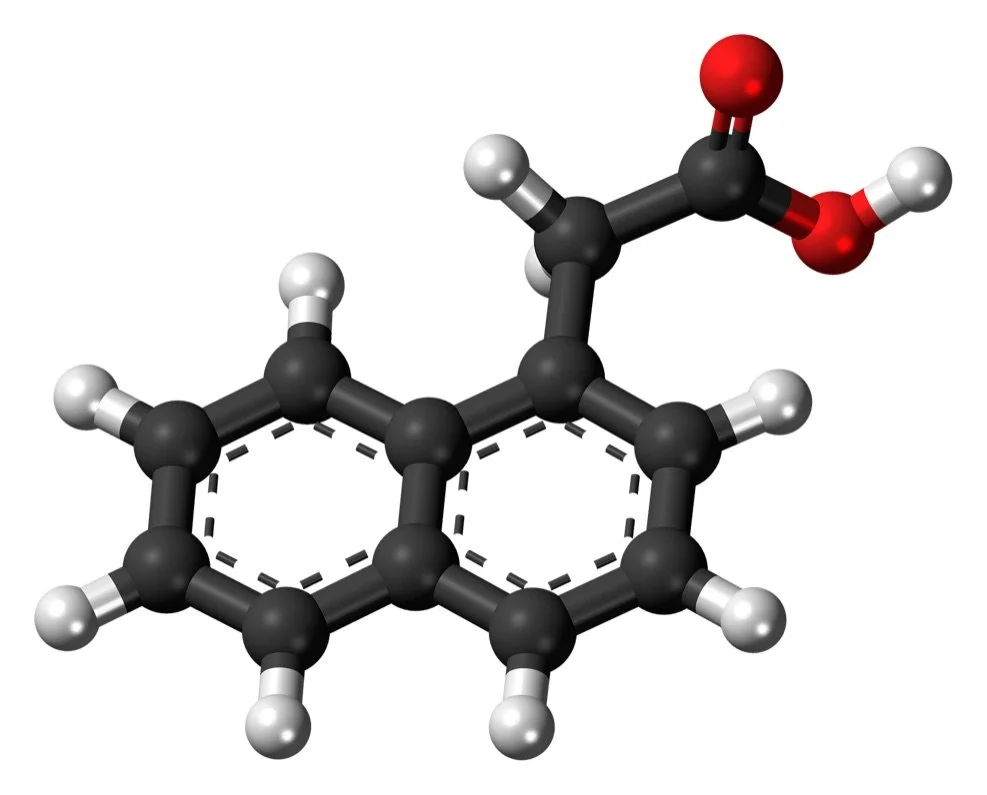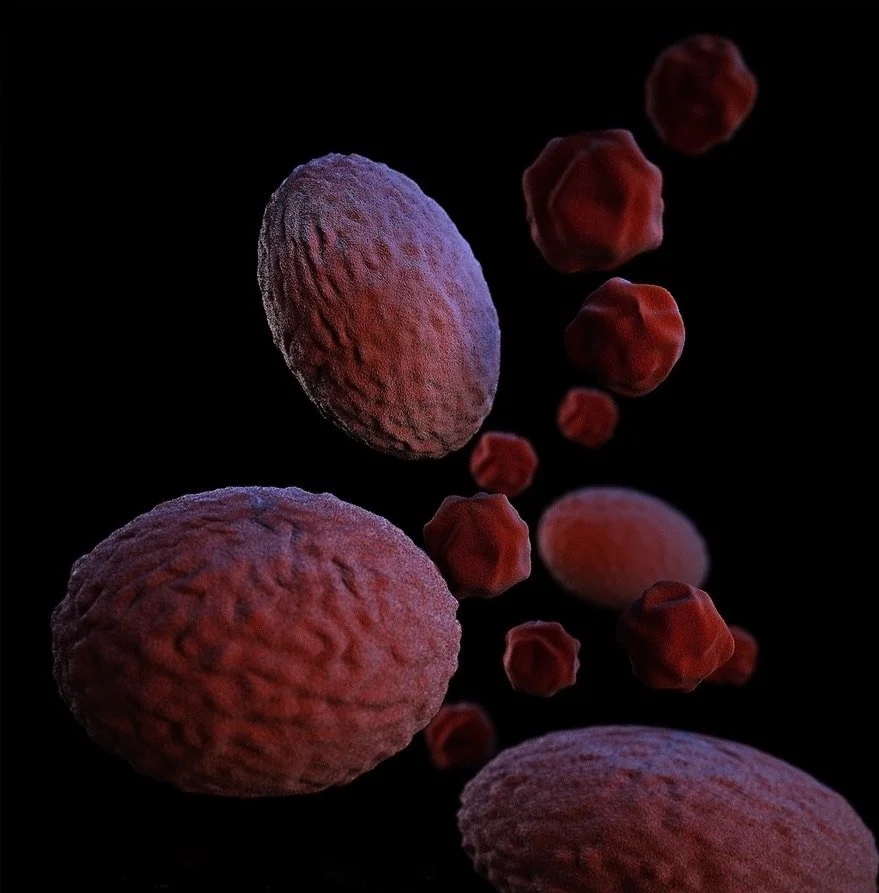In this internet age, it is common for people to search for potential causes of symptoms they are experiencing, looking for diagnostic conditions that explain them. There is a lengthy list of symptoms that lead people to conclude they might have systemic candida, but there can be problems with quickly arriving at this conclusion. First, conventional medicine does not recognize systemic candida (sometimes referred to as “yeast overgrowth syndrome”, “candida overgrowth,” “chronic candida,” or “candida hypersensitivity syndrome”). Second, the long list of symptoms associated with it can be caused by a number of other conditions.
Read MoreWhen considering changes that need to be made in order to have a healthy lifestyle, nutrition, physical exercise and sufficient sleep are usually the first things that come to mind. But stress management can also play a critical role. This is because of the many ways that chronic stress undermines good health.
Read MoreThis 2-part series discusses what is involved with “lifestyle change”, which many of us have been advised by our doctors or other health care providers to do. In Part 1, we first reviewed the overall contributors to health and disease: genes, environmental (including social and economic) factors, epigenetic factors (if or when certain genes are turned off or on) and, of course, lifestyle. We then focused specifically on two aspects of lifestyle: stress management and physical exercise. Part 2 focuses on another important aspect of lifestyle change necessary for attaining better health: nutrition.
Read MoreThose with chronic health conditions are frequently told by health care providers (and others) that they will see significant improvement in their health if they change their lifestyle. But which health conditions might these changes help? And what exactly does “lifestyle change” mean, what is involved, how easy is it, and how long does it take?
Read MoreAbout 10% of the population suffers from chronic insomnia. Women as well as people over 60 tend to be more affected. There can be grave health consequences of this, including a range of other chronic conditions (such as diabetes, high blood pressure and weight gain), unproductive work lives, car accidents and fatalities. For these reasons, insomnia is considered a serious public health problem.
Read MoreMorning sickness is extremely common, affecting 70% of pregnant women. The most severe form, called “hyperemesis gravidarum” can require hospitalization and is more rare, affecting somewhere between 0.3 to 10.8% of women who are pregnant. While referred to as nausea and vomiting of pregnancy (NVP) in the medical community, it is typically called “morning sickness”, which is actually a misnomer: only 1.8% of women experience nausea or vomiting only in the morning, 80% report that they have it all day long.
Read MoreMost women know (or remember) the uninvited friend who visits just before their period every month: the moodiness, bloating, insomnia, headaches, breast tenderness and other annoying symptoms. While as many as 75% of women experience disruptive symptoms related to premenstrual syndrome (PMS), only a small proportion, around 5-8%, are considered to have symptoms that are “clinically significant”. A comparable proportion, 3-8%, experience the most severe symptoms of Premenstrual Dysphoric Disorder (PMDD), which are mostly behavioral and addressed as a psychiatric disorder.
Read MorePrediabetes means that your blood sugar levels are not quite high enough for a diagnosis of Type 2 Diabetes. More than 1 in 3 adult Americans— about 96 million -- have prediabetes, and of those, more than 84% don't know it. Even more alarming is that 1 in 5 adolescents and 1 in 4 young adults are now prediabetic. Almost all cases of Type 2 Diabetes are preceded by prediabetes. Despite these alarming numbers, the good news is that the progression from prediabetes to diabetes is not inevitable: you can take steps to reverse it.
Read MoreSometimes called “andropause”, the question of whether men have a change of life similar to menopause for women has long been debated. While women experience age-related physical changes at a rather specific time (when ovarian function declines leading up to around age 50), for men the shift occurs much more gradually. A reduction in testosterone production happens over many years as men age, and can result in diminished muscular strength, energy and libido, erectile dysfunction, depression, and even osteoporosis. The problem is that these symptoms are often not seen in men with low testosterone and may also be caused by other factors such as stress, illness, medications, obesity, psychiatric conditions, diabetes, high blood pressure or low thyroid levels.
Read MoreMost women experience mood changes after giving birth, sometimes called “postpartum blues”. Understandable, since rapid hormonal shifts take place, and having a baby is a dramatic life change. For the vast majority of women, these mood changes are short-lived and mild. However, 10-15% suffer a more serious form of depression; and a very small proportion--around 0.2%-- experience psychotic symptoms following childbirth.
Read MoreWomen have two of them: ovaries are small oval-ish glands, one on each side in the lower abdomen below the belly button. Ovarian pain can be felt on either side, or in the pelvis in general as well as in the lower back.
Read MoreOsteoporosis is one of a small number of common metabolic diseases that show no symptoms until there’s a crisis. What’s the crisis? Bone fracture. How common is it? 30% of all women and 17% of all men 50 years or older experience one or more osteoporosis-related fractures in their lifetime. While the condition is generally four times more prevalent in women, that doesn’t mean men can afford to ignore it.
Read MoreHot flashes—perhaps the most dreaded symptom of menopause, and the most common as well. Menopause is defined as the stopping of the menstrual period for at least 12 consecutive months. The average age for menopause is 51, and in the US 1.3 million women reach this milestone every year. Many women experience only mild discomfort, but others are not so fortunate.
Read MoreI frequently get calls from prospective clients asking if I can help them with adrenal fatigue. I then invite them to briefly describe their experience, how long they have been suffering, and if there are other health issues they are currently facing. Adrenal fatigue typically requires an extended conversation, this blogpost covers some aspects of this conversation.
Read MoreThe endocrine system consists of many glands distributed throughout the body, producing more than 50 hormones that are released into the bloodstream or the fluid surrounding cells. Receptors in various organs and tissues respond to these hormones in specific and vital ways that control metabolism, immunity, development and growth, reproduction and behavior.
Read MoreEndometrial tissue is typically found in the lining of the uterus and is shed every month during menstruation. But in endometriosis, this tissue grows in other places such as the ovaries, the fallopian tubes, the outer wall of the uterus, the intestines, or other organs in the abdomen. “Endometrial implants”, as they are called, can even occasionally appear in the lungs, brain, kidneys, arms, legs and sinus cavities. Endometriosis is not life-threatening, but it can be the culprit behind two major life-altering symptoms: infertility and—you guessed it-- pain.
Read MoreYou might think chlamydia is a rare sexually transmitted disease (STD) that you don’t need to worry about. Or that it has minor symptoms. Both these assumptions are wrong. Turns out chlamydia is the most commonly reported STD.
Read MoreFor the last few decades, there has been a growing expectation that we ought to feel happy all the time, that this should be normal. Mental health experts question this assumption, they also tell us that negative emotions like anxiety, fear, guilt, anger and even sadness can actually be constructive—if they are channeled well. But what if sadness dips into depression?
Read MoreThe thyroid is a gland shaped much like this butterfly that is located in the front of the neck below the Adam’s apple (for a man). It is one of many important endocrine glands that manage the body’s hormone system. Hormones produced by the thyroid affect many body functions including lipid metabolism and carbohydrate metabolism, growth, the cardiovascular system and the reproductive system.
Read MoreWe all get tired from time to time, sometimes for more than a little while. But it’s worth taking action if you suffer from continual and severe lack of energy that has become a major constraint in your life and prevents you from doing what you need or would like to do. Many factors can contribute to or cause fatigue.
Read More




















